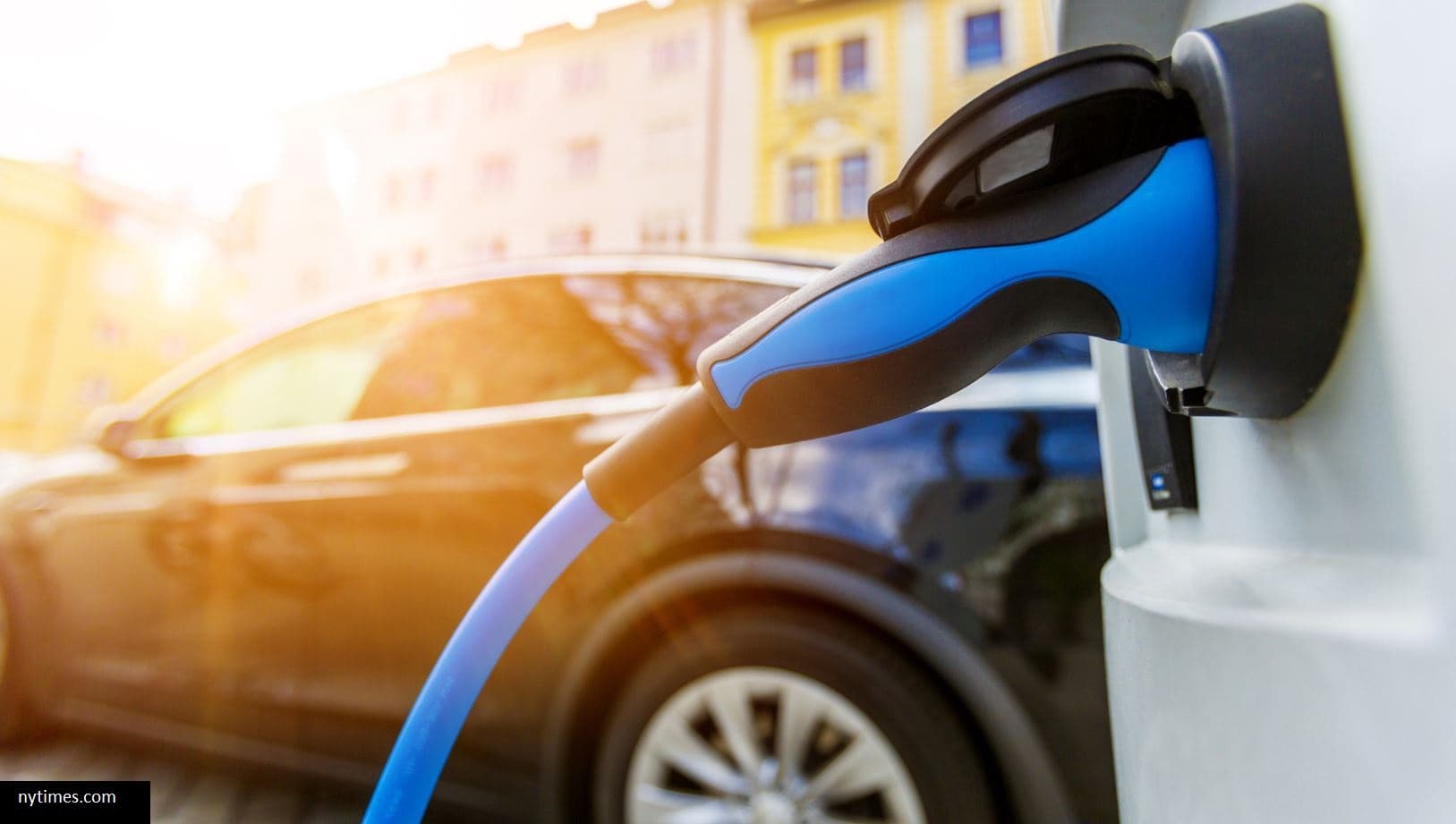Electric vehicles (EVs) are rapidly becoming a mainstream choice for drivers seeking a sustainable and cost-effective way to travel. The quiet, smooth driving experience is undeniably a perk, but concerns about charging infrastructure can be a significant hurdle for potential buyers. This comprehensive guide addresses all your EV charging questions, empowering you to confidently navigate the electric mobility landscape.
Beyond the Pump: The Convenience of EV Charging
Unlike their gasoline-powered counterparts, EVs offer the undeniable convenience of overnight charging at home. Imagine simply plugging your car in before bed and waking up to a full battery – no more gas station detours required for your daily commutes. This eliminates the need to factor in gas station stops when planning your errands or daily routine. However, for longer journeys, understanding the public charging infrastructure is crucial.
Understanding the Charging Landscape: Levels and Terminology
EV charging comes in various levels, categorized by speed and power output. Here’s a breakdown of key terms for informed decision-making:
- Onboard Charger: This manufacturer-installed device acts as a translator, converting the AC power from the grid to DC power for battery charging. The onboard charger capacity varies depending on the specific EV model.
- Electric Vehicle Service Equipment (EVSE): Think of this as the middleman – a wall-mounted unit that facilitates the flow of electricity between the power source and your vehicle.
- Level 1 Charging: The slowest option, ideal for overnight charging at home using a standard 120V outlet. Expect speeds of up to 4 miles per hour (mph), making it suitable for topping off your battery if you have short commutes or don’t drive much daily.
- Level 2 Charging: Offers a significant boost in charging speed (up to 65 miles per hour) through a 240V EVSE or outlet. This is a great option for topping up your battery during errands or while visiting a friend’s place.
- DC Fast Charging: These powerful stations, often found along highways, are lifesavers for long trips. They provide up to 80% charge in 30 minutes, making them ideal for getting back on the road quickly. Popular networks include Tesla Superchargers, Electrify America, and others.
Cost Considerations: Home Charging vs. Public Stations
Home charging is typically the most economical option, utilizing your existing electricity plan. Public stations usually require payment, with fees varying by provider and charging level. Many stations offer memberships with subscription plans or pay-per-use options. It’s wise to compare rates and consider your typical charging needs to determine the most cost-effective approach.
The Future of EV Charging: Innovation and Expansion
The EV charging landscape is constantly evolving, with exciting trends on the horizon:
- Faster Charging Technologies: Advancements in battery technology and charging infrastructure are leading to even quicker charging times. Imagine spending less time plugged in and more time enjoying the open road.
- Wider Public Network Expansion: Governments and private companies are recognizing the importance of a robust charging network. We can expect to see significant expansion in charging station availability, particularly along major travel routes, addressing range anxiety concerns.
- Smart Charging Solutions: Technologies like smart grids and vehicle-to-grid (V2G) charging are being explored to optimize energy use and improve grid stability. This could even lead to potential cost savings for EV owners in the future.
Making the Switch: A Sustainable Choice for You and the Planet
By opting for an EV, you’re not just choosing a convenient and efficient way to travel; you’re contributing to a cleaner future. EVs produce zero tailpipe emissions, reducing air pollution and promoting environmental sustainability. Every mile you drive electrically reduces your carbon footprint.
Ready to Charge Forward? Resources at Your Fingertips
The electric vehicle revolution is gaining momentum. Explore additional resources to learn more about specific EV models, charging station locations, and government incentives for EV ownership. With this comprehensive guide and ongoing advancements in charging technology, you can confidently embrace the electric revolution and experience the power of sustainable transportation.


It’s really a comprehensive and complete guide. Thank you.
[…] Our Comprehensive Guide to EV Charging […]